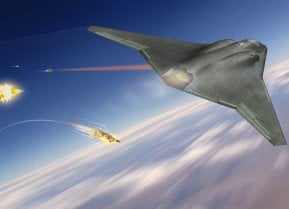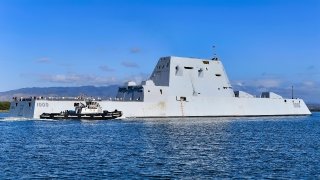Ranked: The Top 10 Warships of All Time
Throughout history, warships have played pivotal roles in shaping world events and asserting naval dominance. This top 10 list highlights the greatest warships ever built, from the Carthaginian Quadrireme, which showcased advanced naval engineering, to the USS Johnston, known for its heroic stand at the Battle of Leyte Gulf.
She was completed in 1764, too late to serve in the Seven Years’ War. This boat was a 90-gun first rate and one of the first three-deckers to be completed for the French Navy since the 1720s. Indeed, by the time the Revolutionary War had erupted in America, she would become the most important warship keeping the American revolutionaries in the fight. Had it not been for the French and Spanish fleets, the American revolution would have been crushed by untrammeled British seapower.
In 1778, Ville de Paris fought at the Battle of Ushant, an indecisive battle waged 100 miles off the coast of the French island of Ushant along the mouth of the English Channel.
Engagements like this, however, kept the British fleet bogged down and spread thin.
Ultimately, the storied warship was lost with all hands (save one crewmember) in battle with the British.
4. USS New Jersey
The U.S. Navy was a battleship navy for decades before making the switch to the aircraft carrier. A number of American battleships made waves in the Second World War. USS New Jersey is one such battlewagon. In fact, it is the most decorated battleship in U.S. Navy history. She fought in every U.S. conflict from WWII to Desert Storm.
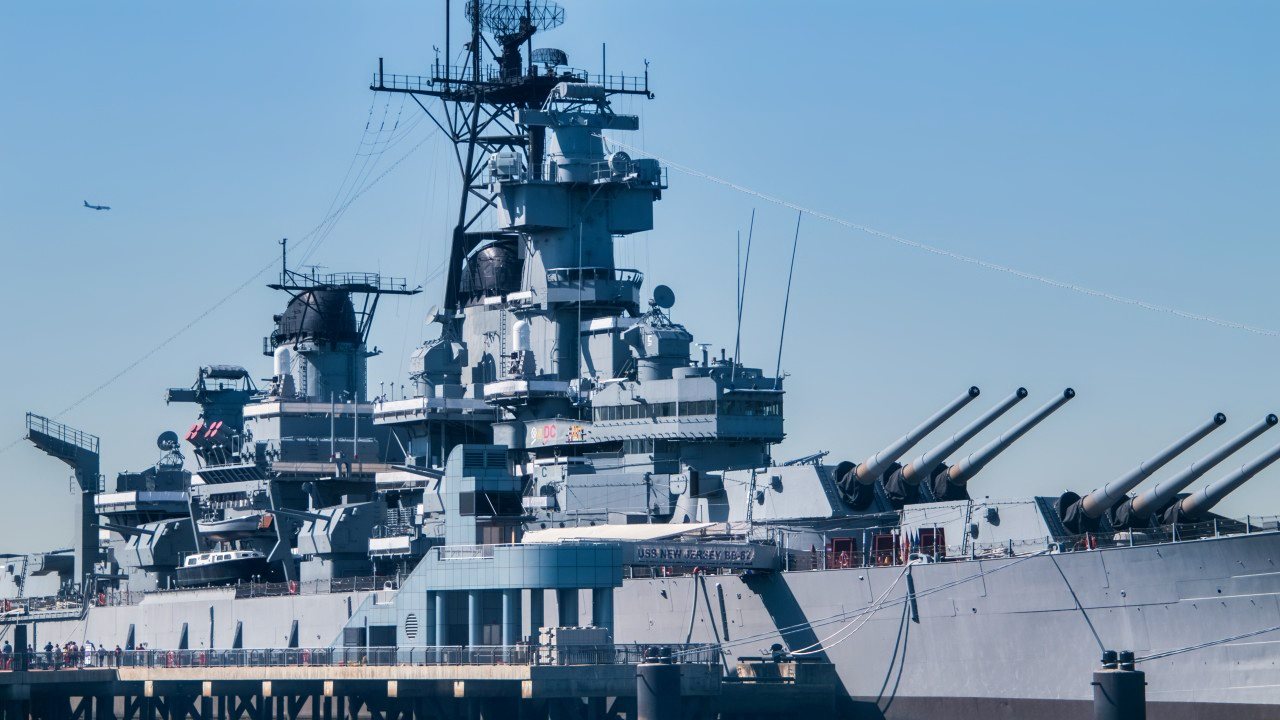
Coming in at nearly 888 feet long and displacing a whopping 57,540 tons at full load, this warship is one of America’s finest ever built. The “Big J” shelled targets on Okinawa and Guam. It clobbered the hell out of the North Koreans, too, during the Korean War. Possessing an arsenal of nine, 16-inch/50 caliber Mark 7 guns, twenty 5-inch/38 caliber guns mounted in twin-gun dual purpose turrets, and an array of Oerlikon 20 mm and Bofors 40 mm anti-aircraft guns, this battlewagon was unstoppable.
File this under “they don’t build ‘em like they used to.”
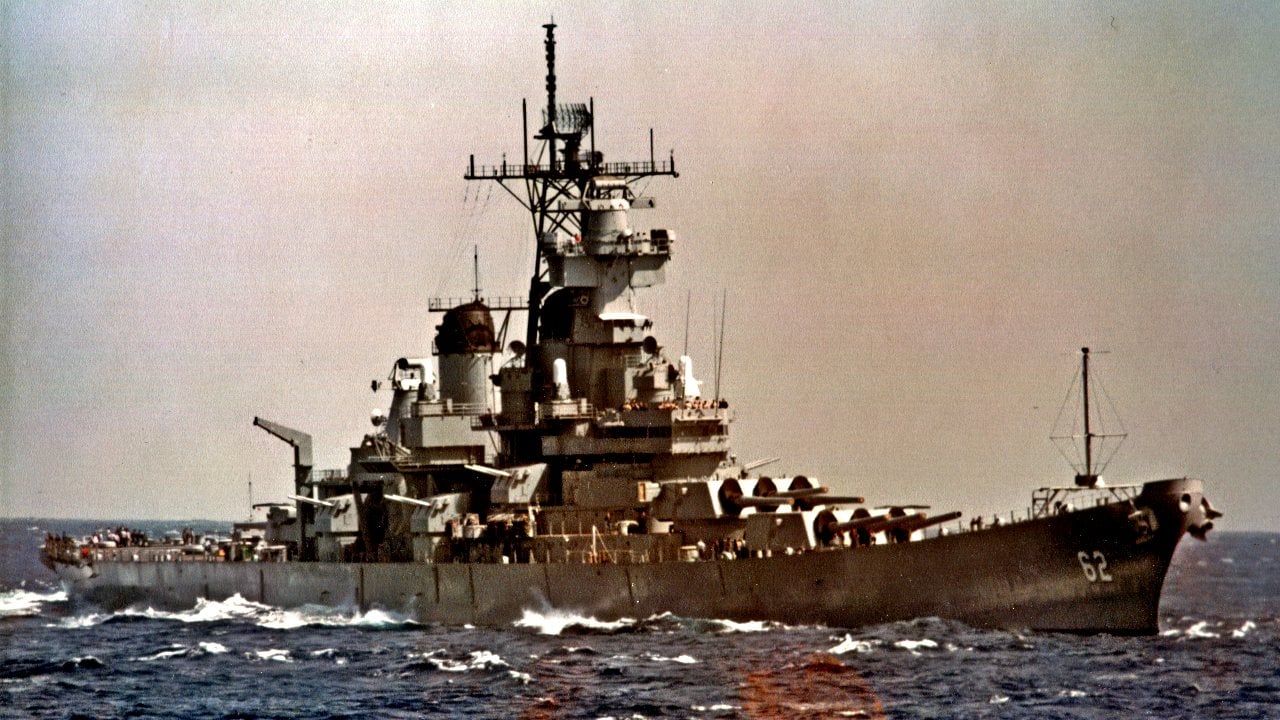
3. USS Enterprise (CV-6)
This was, quite frankly, the greatest aircraft carrier ever. “The Big E,” or “Gray Ghost,” as she was affectionately known by her crews, was the most decorated and legendary aircraft carrier of World War II. Belonging to the Yorktown class of carriers, Enterprise was instrumental in multiple battles that defined the outcome of WWII’s Pacific Theater.
This boat was instrumental at the Battle of Midway, which most historians believe was the turning point in the war that ensured the United States would come out victorious. Enterprise’s airwing was responsible for sinking an astonishing three Japanese aircraft carriers at this battle, as well as an additional cruiser.
Enterprise was damaged at the Battles of the Eastern Solomon Islands and Santa Cruz Islands. Each time, she persevered and inflicted greater harm than she received.
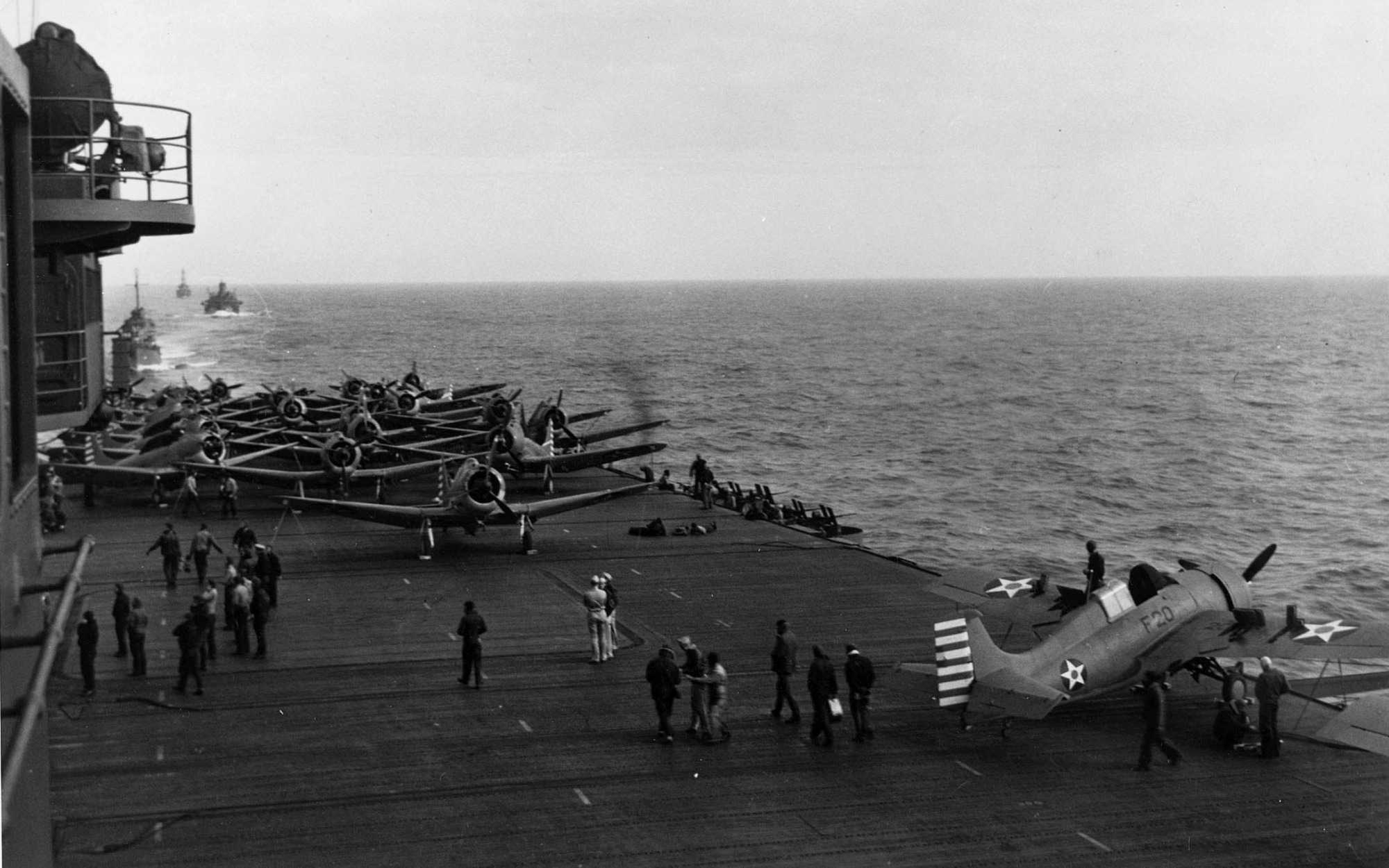
There was a reason the veterans who served aboard this legendary flattop fought vehemently with the United States government to convert it into a museum at the war’s end.
Instead, this boat was mothballed after the war and sold for scrap. To this day, she is fondly remembered by naval historians and the few World War II veterans who remain alive.
2. USS Lawrence
During the War of 1812, really merely a continuation of America’s Revolutionary War, the British and their American cousins went at it again. This time the strategic picture was much bleaker for the nascent American republic. The White House, along with the rest of Washington, D.C., had been burned by the marauding British. A famous American slogan that erupted from the end of the war was “neither an inch gained nor ceded!” Considering the damage the war inflicted upon the United States, that seems hardly like a worthwhile conflict.
But, as with all wars, there were still heroes. And the platforms they utilized to achieve hero status are remembered as much as the men who rose to prominence. One of them was USS Lawrence under the command of Commodore Oliver Hazard Perry. He commanded a U.S. Navy squadron on Lake Erie. Perry’s mission was to ensure that Lake Erie became a totally U.S.-dominated zone. Lawrence was Perry’s flagship.
Lawrence’s big day occurred on September 10, 1813. In the early morning of that day, Perry spotted a squadron of British Royal Navy warships off of Lake Erie’s Rattlesnake Island. Commodore Perry is described as “brazenly ordering his man to set sail and engage the British immediately.” Perry’s group had a gust of favorable wind, allowing for the American squadron—led by Lawrence—to attack the British head-on. In the ensuing battle, Lawrence was crippled by the British warship HMS Detroit. Lawrence was abandoned mid-battle, with Perry transferring his flag to USS Niagara.
With his battle flag fluttering in the wind (which read “Don’t Give Up the Ship”), Perry won the battle from Niagara. But he transferred back to the crippled Lawrence, where he received the commanding officer of the British squadron and accepted his surrender. Famously, Perry sent a letter to William Henry Harrison saying, “We have met the enemy and they are ours.” On top of the surviving American warships, Perry took with him the captured British ships—including two ships, two brigs, one schooner and one sloop.
It was Lawrence, though, that had made this victory possible. And Perry understood this. That is why he demanded that the British surrender on Lawrence rather than Niagara.
1. USS Johnston (DD-557)
Named after U.S. Navy Lieutenant John V. Johnston, an officer who served in the American Civil War, Johnston was built in 1942 and launched a year later under the command of Lieutenant Commander Ernest “Big Chief” Evans (Evans was a descendant of Native Americans from Oklahoma). It was a Fletcher-class destroyer that fought in the Pacific Theater of the Second World War. Johnston was the beneficiary of newer designs bigger in size than its sister ships in the Fletcher class. This allowed for more anti-aircraft guns, electronic equipment, and their operators to be on the ship without losing its offensive potential.
This was a relatively small boat compared to the kinds of warships one thinks of when they think back to the Second World War. She possessed four Babcock & Wilcox boilers and could hit a top cruising speed of roughly 44 miles per hour. This boat had a range of about 7,500 miles and carried around 273 sailors onboard.
From the moment that he assumed command, Evans told his crew, “This is going to be a fighting ship. I intend to go in harm’s way, and anyone who doesn’t want to go along had better get off right now.” His crew was fiercely loyal, and they would follow him to the gates of hell on more than one occasion, including in the final, greatest battle the warship ever partook in.
Indeed, Johnston would play a pivotal role in the Battle of Leyte Gulf in the Philippines, during what historians have since come to call the “Battle off Samar.” That day, Johnston and six other destroyers were performing escort duty for a handful of small-deck escort carriers that were protecting the Marine landings on the Leyte beachhead. Johnston detected a massive Japanese Imperial Navy flotilla that was supposed to have been moving away from the island, but in fact, had come to attack the beachhead. This flotilla included the largest battleship ever built, Yamato.
The aircraft carriers were the prize the Japanese wanted to catch. Without those carriers, the Marine landings would be over, and the island would again belong to the Japanese.
Not waiting for orders, Evans engaged in a suicidal torpedo run at the larger Japanese force. Three other destroyers followed Johnston into the fray. Shockingly, Evans’ gambit worked. Johnston drew fire away from the carriers, taking a pounding from the Japanese flotilla. Firing all ten of Johnston’s torpedoes (and hundreds of rounds from its 5-inch gun), the ship sank a Japanese heavy cruiser while providing cover for the other destroyers to launch their torpedoes.
Three hours would go by until the tiny Johnston would buckle under the sustained assault from the Japanese flotilla. But not before the Japanese commanders assumed they were up against a much larger American force and backed down. The Japanese failure to take advantage of the weakened American state permanently ended the Imperial Japanese Navy’s ability to go on the offensive for the duration of the war.
Johnston was lost with 186 members still onboard, including Evans. But the impact of that storied ship makes it the greatest warship of all time. Its decisive role at Leyte Gulf may have helped to end the war when it did. And we know Evans’ actions that day saved the lives of countless Marines and the carriers that were defending them (despite one of those carriers being sunk).
Author Experience and Expertise: Brandon J. Weichert
Brandon J. Weichert, a National Interest national security analyst, is a former Congressional staffer and geopolitical analyst who is a contributor at The Washington Times, the Asia Times, and The-Pipeline. He is the author of Winning Space: How America Remains a Superpower, Biohacked: China’s Race to Control Life, and The Shadow War: Iran’s Quest for Supremacy. His next book, A Disaster of Our Own Making: How the West Lost Ukraine, is due October 22 from Encounter Books. Weichert can be followed via Twitter @WeTheBrandon.
